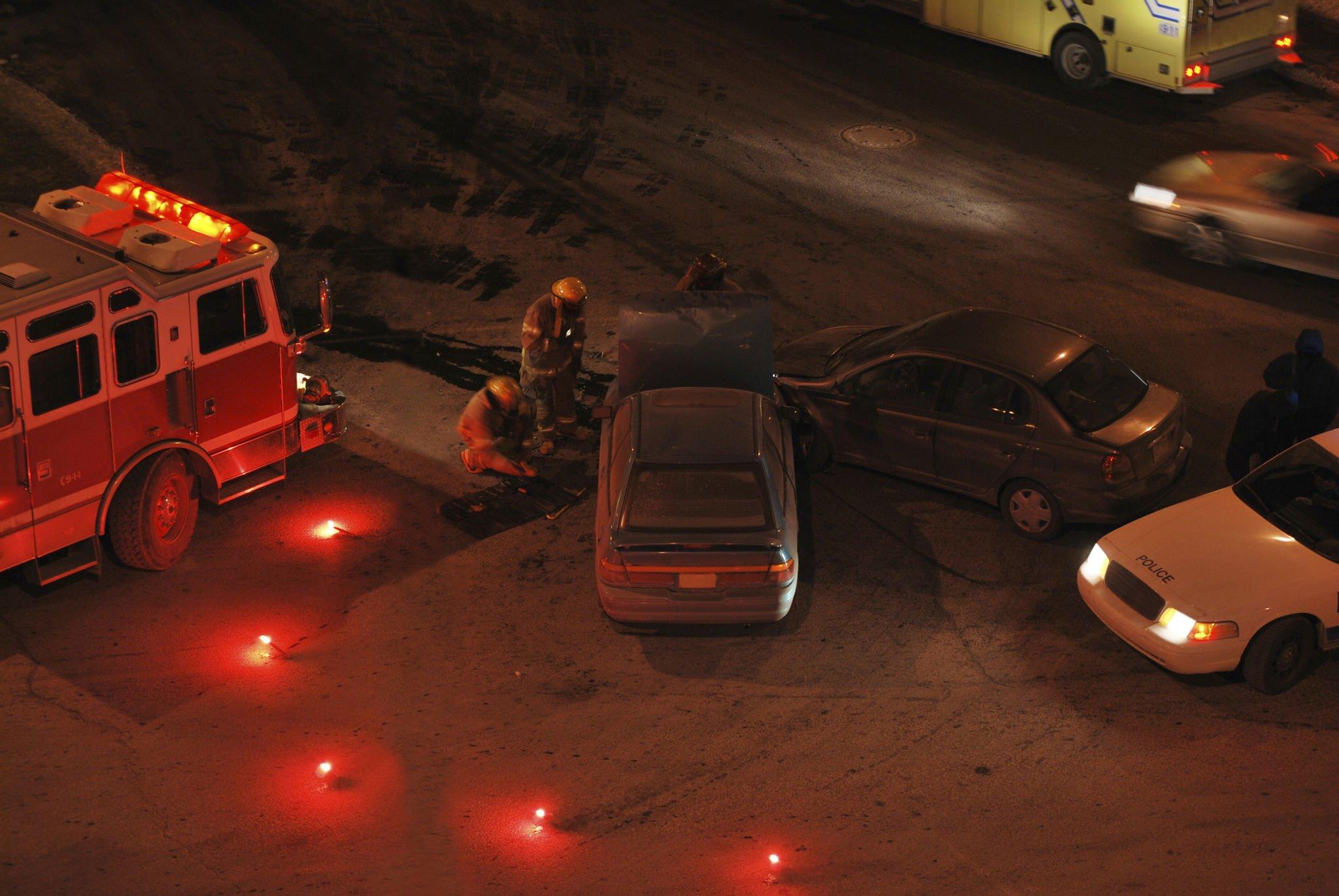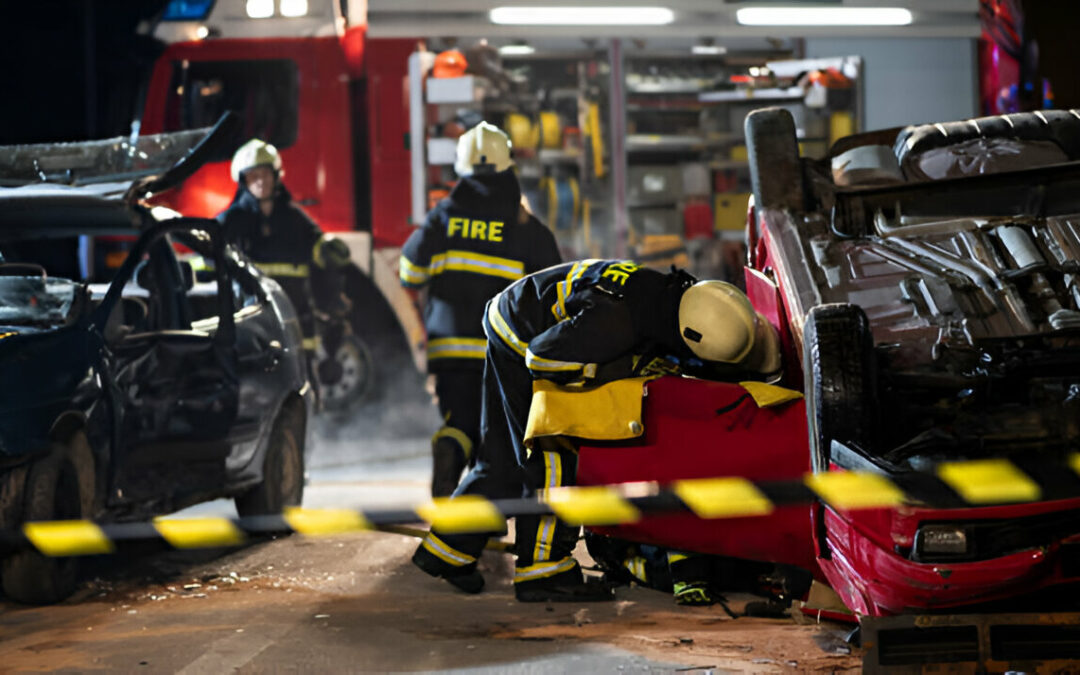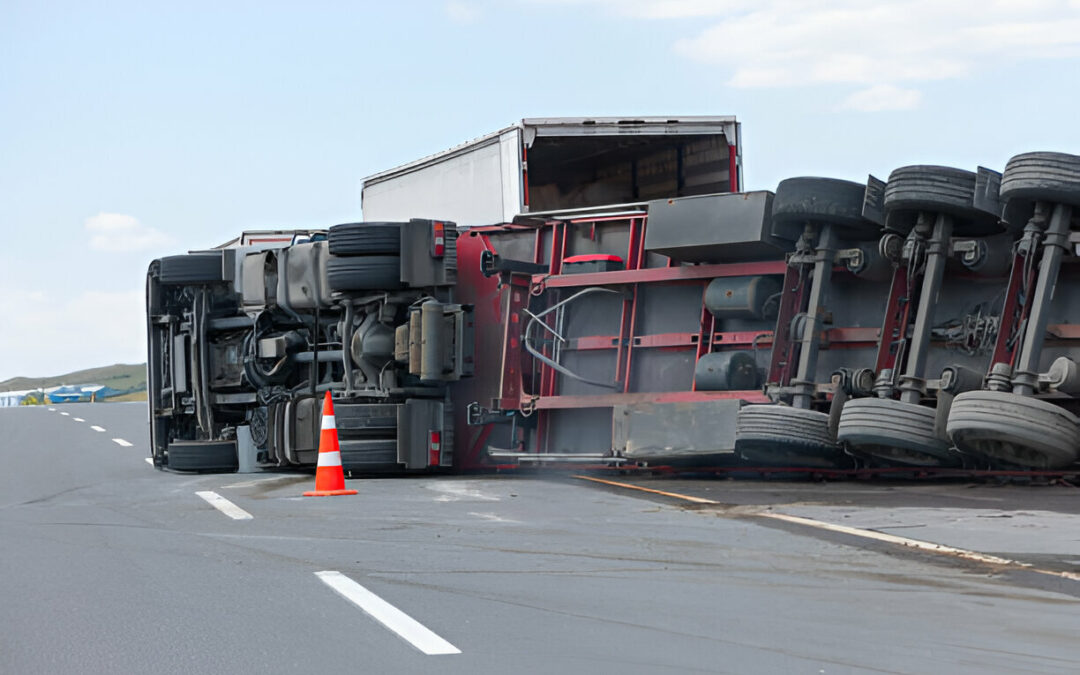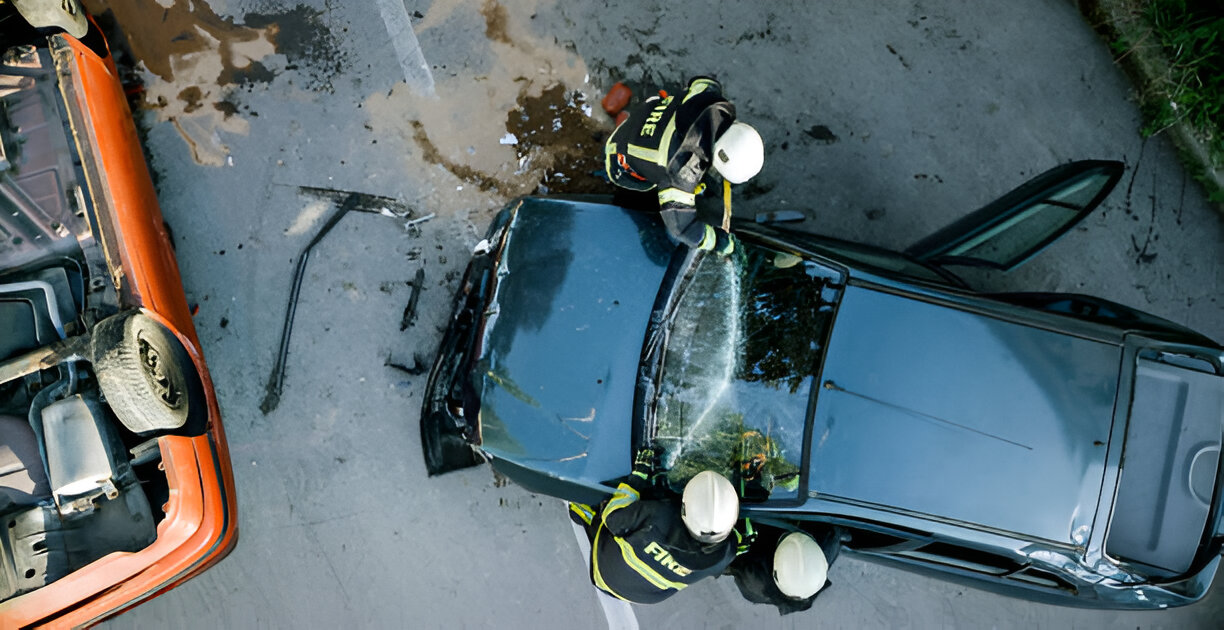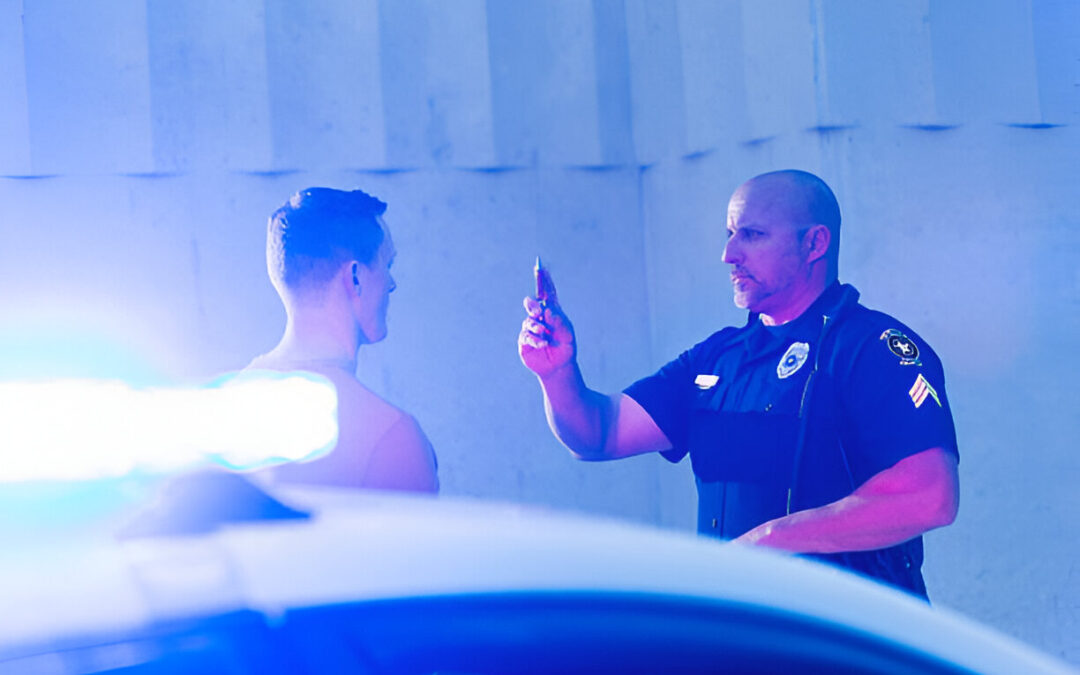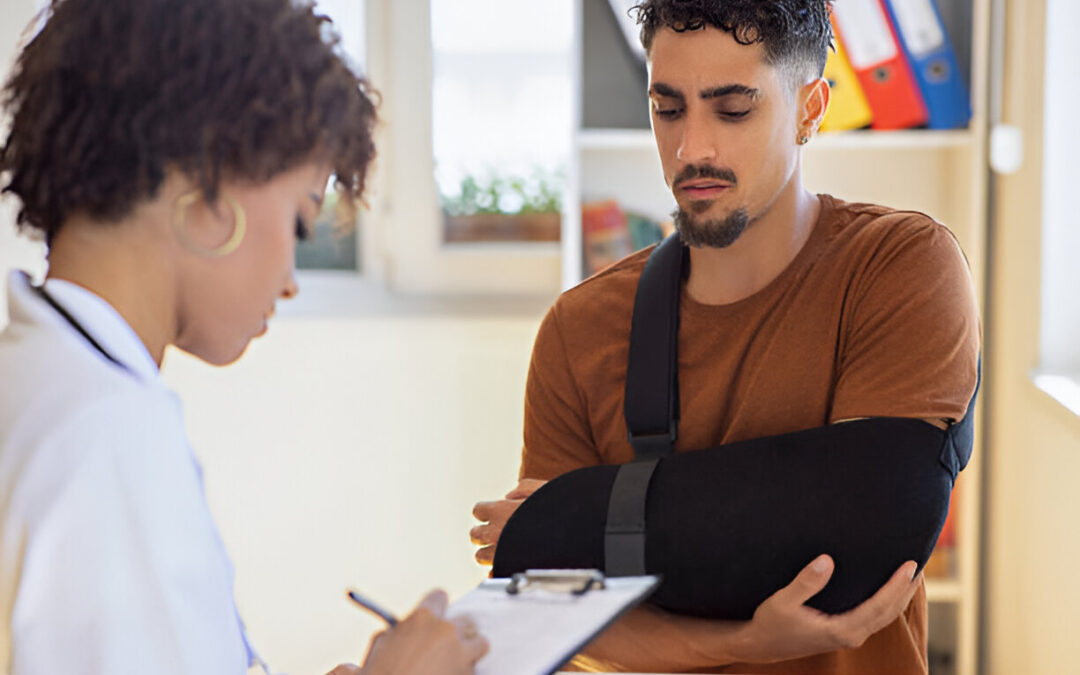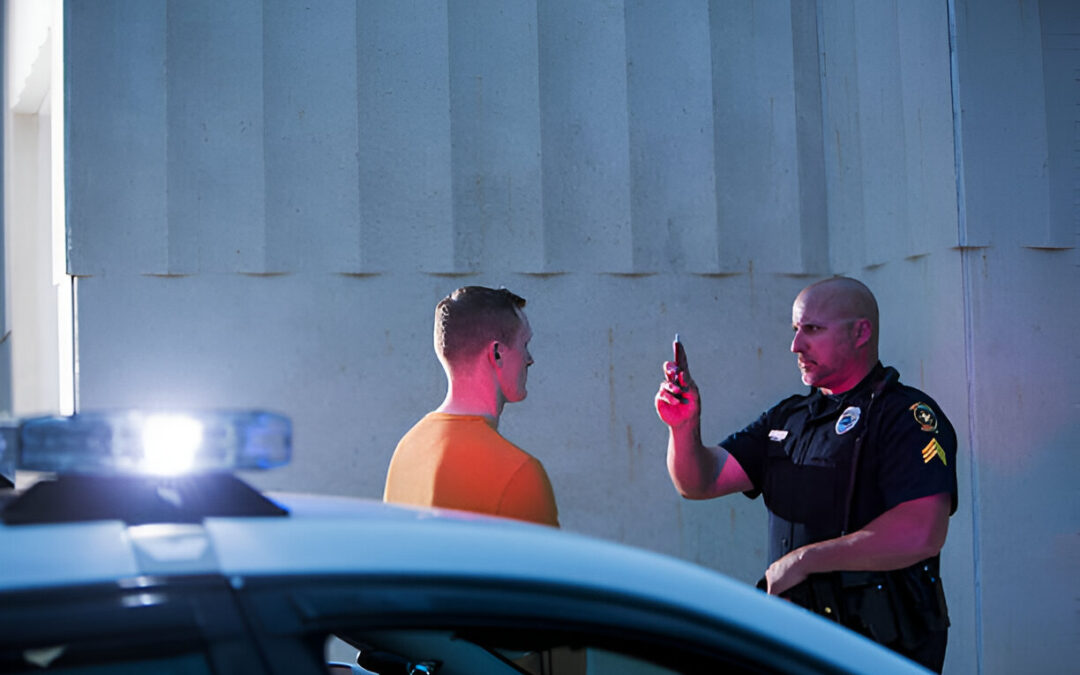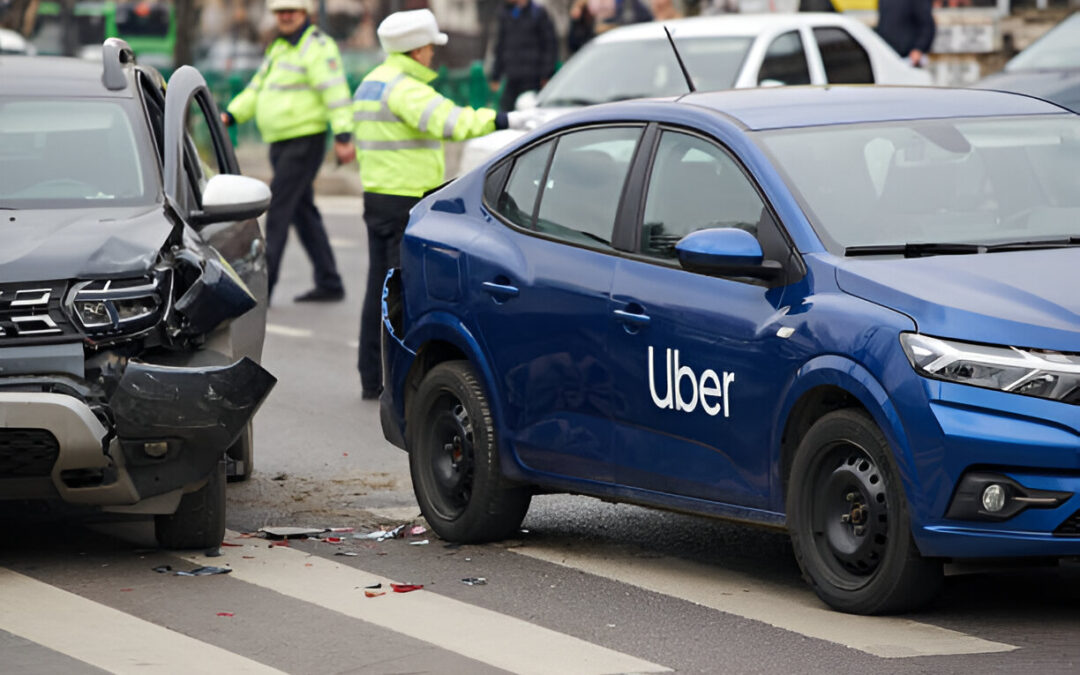Picture this: you find yourself caught in the middle of a chain reaction car accident, a chaotic sequence of collisions involving multiple vehicles. Amidst the confusion and aftermath, the pressing question arises: Who is to blame? Assigning fault in such complex situations can be a daunting task, as various factors and parties may have played a role.
In this blog post, we will explore the complexities of assigning fault in chain reaction car accidents and provide you with valuable information to help you navigate this difficult situation.
Who Is Responsible for a Chain Reaction Car Accident?
In most chain reaction car accidents involving three or more vehicles, the driver who initiates the first collision is typically deemed responsible for the subsequent chain of events. However, exceptions exist, and it is essential to consider other factors that could contribute to the accident:
- Another Driver
Imagine a situation where three vehicles are traveling in a single file on a highway. Suddenly, the leading vehicle unexpectedly comes to a halt, catching the following drivers completely off guard. Due to the lack of sufficient time to react, the two trailing vehicles end up colliding with each other. In this instance, the primary fault for the accident lies with the driver of the first vehicle since their actions initiated the chain reaction.
- Pedestrian
On certain occasions, a car accident can be set in motion by a pedestrian who decides to jaywalk across a street. When a driver tries to avoid hitting the pedestrian, they may swerve and end up colliding with vehicles in adjacent lanes. In such cases, the pedestrian bears the responsibility for creating the hazardous situation that ultimately leads to the chain reaction accident.
- A Government Agency
Occasionally, accidents can occur as a result of defective stop lights or traffic signals. It becomes the responsibility of the relevant government agency to promptly address these issues or provide adequate warnings to road users. If the agency neglects its duty and an accident transpires at an intersection due to improper signals, they can be held accountable for the car accident.
- A Vehicle Parts Manufacturer or Mechanic
A negligent mechanic who either installs faulty brakes or fails to identify brake malfunctions during vehicle maintenance can contribute to a chain reaction accident. In such cases, the e mechanic or manufacturer of the faulty parts may share the responsibility for the collision.
When multiple parties are involved in the accident, seeking legal assistance from a Florida car accident lawyer can help ensure a fair resolution based on the degree of each party’s involvement.
How to Determine Who Caused a Chain Reaction Car Accident
While recovering from the aftermath of the accident can be challenging, working with experienced professionals can alleviate the burden. Here are some crucial pieces of evidence to gather and considerations to make:
- The Police Report: Obtain a copy of the official police report, as it provides valuable information about the accident, including the sequence of events and initial fault assessments.
- City Maintenance Records: Investigate city maintenance records to identify any history of issues with stop lights or traffic signals at the accident location. This documentation can support claims against a government agency’s negligence.
- Medical Records: Keep detailed records of your medical treatment and the extent of your injuries resulting from the accident. These records are essential for determining the impact of the accident on your well-being.
- Photographs: Capture photographs of the accident scene, including vehicle damage, skid marks, and road conditions. These visual records can serve as crucial evidence during the investigation.
- Eyewitnesses’ Statements: Gather statements from individuals who witnessed the accident. Eyewitness accounts can provide valuable insights and corroborate your version of events.
- Accident Reconstruction Analysis: Consult experts in accident reconstruction to analyze the crash and determine the series of events leading to the chain reaction. Their findings can support your case.
- Traffic Camera Surveillance: In cases where the accident occurred near traffic cameras, obtain footage that captured the incident. This objective evidence can provide a clear picture of the events.
- Traffic Citations: If any drivers involved in the chain reaction accident received traffic citations, secure copies of these documents as they may contribute to establishing fault.
Asserting Negligence on the Part of Another Party
To seek compensation through a claim or lawsuit, it is crucial to assert the negligence of another party as the cause of the chain reaction car accident. Establishing negligence involves demonstrating the following elements:
- Duty of Care: The at-fault party had a legal obligation to act with reasonable care to avoid causing harm to others on the road.
- Breach of Duty: The party failed to uphold their duty of care by acting in a manner that deviated from what a reasonable person would do in similar circumstances.
- Causation: The breach of duty directly led to the car accident and the resulting injuries.
- Damages: You have suffered physical, emotional, and financial harm as a direct result of the accident. Damages can include medical expenses, lost income, property damage costs, and pain and suffering.
Do I Need a Lawyer After a Chain Reaction Car Accident?
Deciding whether to hire a Florida car accident lawyer is a personal choice. However, having legal representation can significantly benefit you in navigating the complexities of your case. A knowledgeable lawyer can assume the following responsibilities on your behalf:
- Compiling and Analyzing Evidence: A skilled attorney will gather and analyze all the necessary evidence to build a strong case on your behalf.
- Establishing the Negligent Parties: By conducting a thorough investigation, your lawyer can identify and hold accountable all parties who contributed to the chain reaction car accident.
- Quantifying Damages: An experienced attorney will assess the full extent of your damages, including medical expenses, lost wages, and other losses, to ensure you receive fair compensation.
- Handling Case Communications: Your lawyer will manage all communications related to your case, including negotiations with insurance companies and other parties involved.
- Negotiating a Fair Settlement: Your attorney will advocate for your best interests during settlement negotiations, aiming to secure a fair and just resolution for your case.
- Trial Representation, if Needed: If a fair settlement cannot be reached, your lawyer will be prepared to take your case to trial and present a compelling argument on your behalf.
It is crucial to act promptly following a chain reaction car accident since legal proceedings must adhere to specific time limits. According to Florida Statutes § 95.11, the general time limit for personal injury claims is four years from the accident date. However, in the case of wrongful death, the time limit is reduced to two years. Failing to meet these deadlines may result in forfeiting your right to compensation.
To ensure compliance with the appropriate deadlines, it is wise to consult with a Florida accident attorney who can guide you through the legal process. Contact Pacin Levine, P.A. at (305) 760-9085 or 1-800-24-7-CRASH (2727) to receive comprehensive legal assistance.


